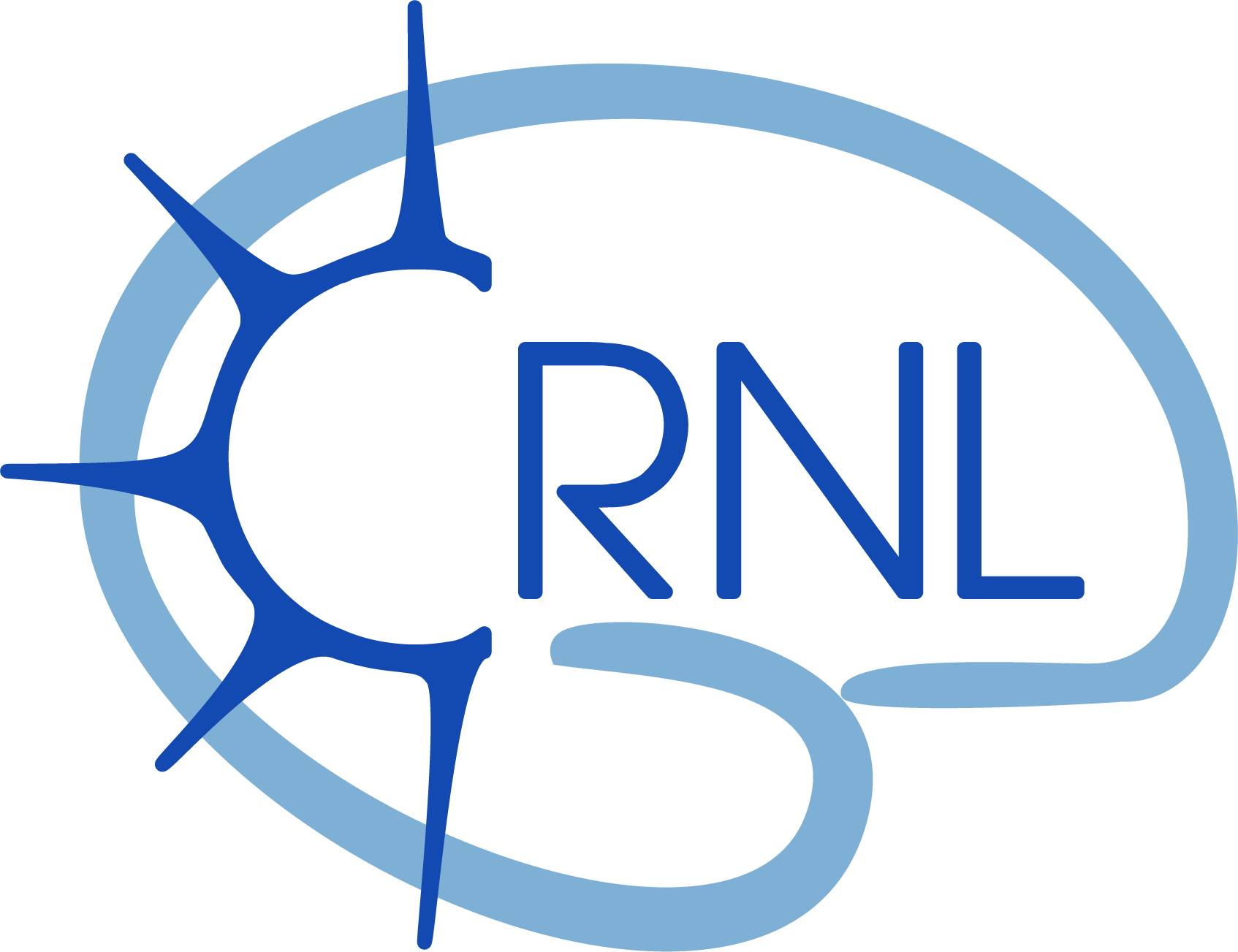Cortical representations of numbers and nonsymbolic quantities expand and segregate in children from 5 to 8 years of age
Résumé
Number symbols, such as Arabic numerals, are cultural inventions that have transformed human mathematical skills. Although their acquisition is at the core of early elementary education in children, it remains unknown how the neural representations of numerals emerge during that period. It is also unclear whether these relate to an ontogenetically earlier sense of approximate quantity. Here, we used multivariate fMRI adaptation coupled with within- and between-format machine learning to probe the cortical representations of Arabic numerals and approximate nonsymbolic quantity in 89 children either at the beginning (age 5) or four years into formal education (age 8). Although the cortical representations of both numerals and nonsymbolic quantities expanded from age 5 to age 8, these representations also segregated with learning and development. Specifically, a format-independent neural representation of quantity was found in the right parietal cortex, but only for 5-year-olds. These results are consistent with the so-called symbolic estrangement hypothesis, which argues that the relation between symbolic and nonsymbolic quantity weakens with exposure to formal mathematics in children.
Domaines
Sciences cognitives| Origine | Publication financée par une institution |
|---|---|
| licence |


